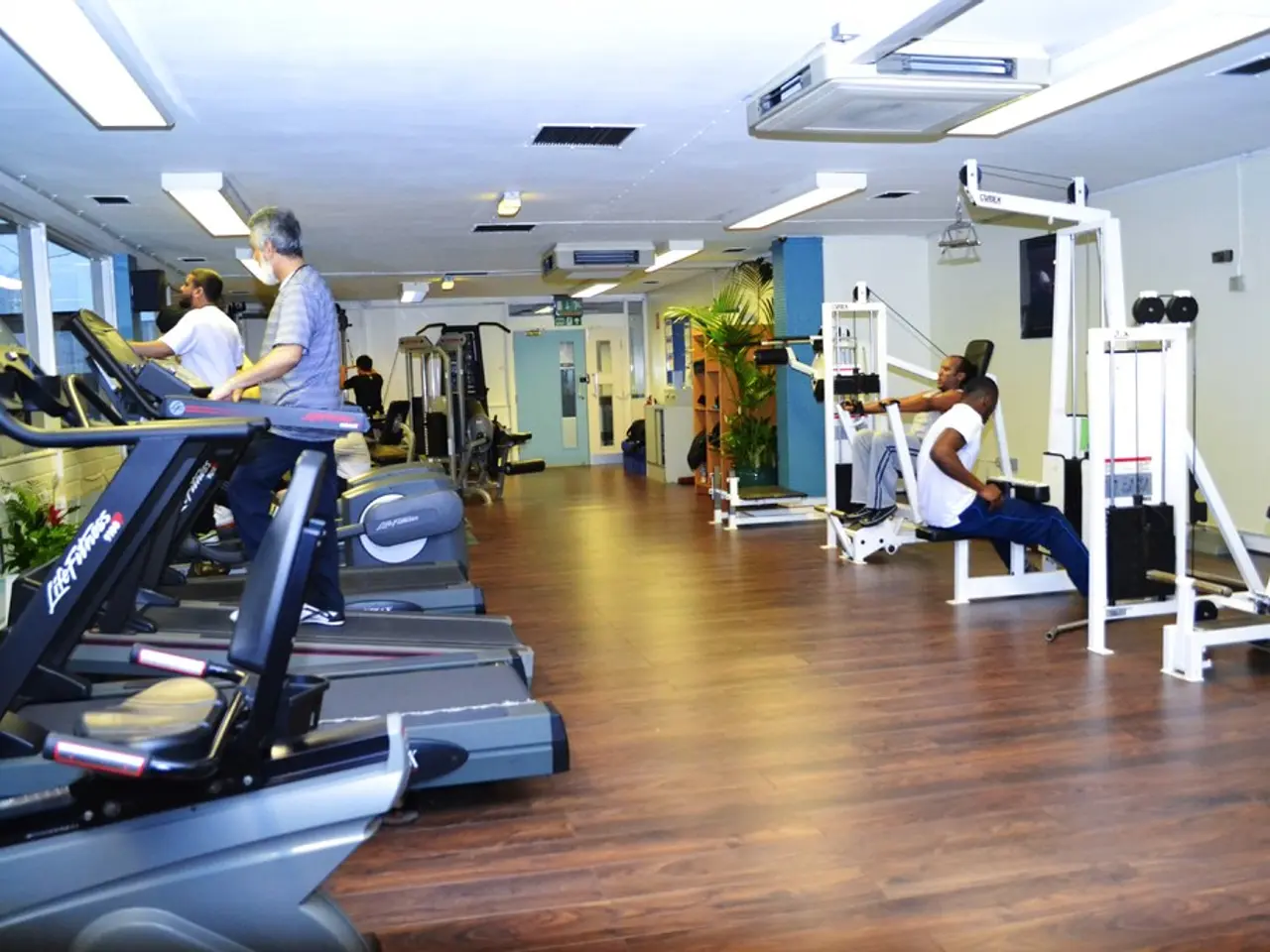Running trainer claims seven flexibility exercises can Ameliorate hip tightness and boost your running technique
Tight hip muscles can have a significant impact on running performance, as well as daily functional movement. An imbalance in hip muscles can lead to other muscles overcompensating, increasing the risk of injury. Sitting for extended periods can also lead to tight hips, as the iliopsoas, the strongest group of muscles in the hip flexors, can become contracted due to prolonged sitting.
To address this issue, athlete and running coach Yana Strese recommends incorporating hip stretches into a fitness routine. No equipment is needed for the hip stretching workout she suggests, making it accessible for everyone. The seven exercises are designed to stretch hip flexor muscles and mobilize joints.
Regularly doing hip-strengthening exercises can help keep the muscles in this area healthy. Building hip flexor strength improves knee lift and overall running power, contributing to a longer and more efficient stride. Stretching and strengthening hip flexor muscles can help improve running stride and increase cadence.
Improving tight hip flexors can enhance running efficiency, increase stride length, reduce injury risk, and improve posture. Increasing hip mobility through regular stretching and strengthening exercises leads to better knee drive and more powerful hip extension, which are critical for running performance. Consistent practice (10–15 minutes per day, 5–6 days a week) generally shows noticeable improvements in 2–4 weeks, including easier movement and less joint pain.
Effective strategies to improve tight hip flexors for runners include stretching and mobility drills, strengthening hip flexors, and running form adjustments. Stretching and mobility drills enhance hip flexibility and reduce stiffness, making movements smoother. The eccentric Thomas test is an effective mobility drill specifically for tight hip flexors and related knee discomfort.
Strengthening hip flexors improves knee lift and overall running power. It is suggested to do two sets of each hip stretching exercise to see the best results. Running form adjustments, such as avoiding overstriding, increasing running cadence, leaning slightly forward, and focusing on soft foot landings, can promote efficient stride mechanics.
Addressing hip tightness helps not only with running but also with daily functional movement and long-term joint health. Tight hip muscles can lead to back pain, make the movement of the leg behind difficult, shorten your stride, and negatively impact running performance, affecting both form and speed. A shortened iliopsoas may cause a shortened stride, disrupting natural gait.
In addition to the exercises recommended by Yana Strese, a hip mobility yoga routine can also help improve hip flexibility. Everyday hip stretches can help undo the damage of sitting on hip flexors. Improving hip flexor flexibility can be beneficial for improving running speed and reducing the risk of injury.
- Incorporating a yoga routine focused on hip mobility can further aid in improving hip flexor flexibility, which can be advantageous for runners looking to boost their speed and reduce injury risks.
- To maximize results from hip stretching exercises, following Yana Strese's recommendations of doing two sets of each exercise is beneficial, emphasizing the importance of strengthening hip flexors for improved fitness and wellness.
- The health-and-wellness benefits of addressing tight hip muscles extend beyond running, as improved flexibility can reduce back pain, facilitate daily functional movement, and contribute positively to overall fitness-and-exercise routine.




